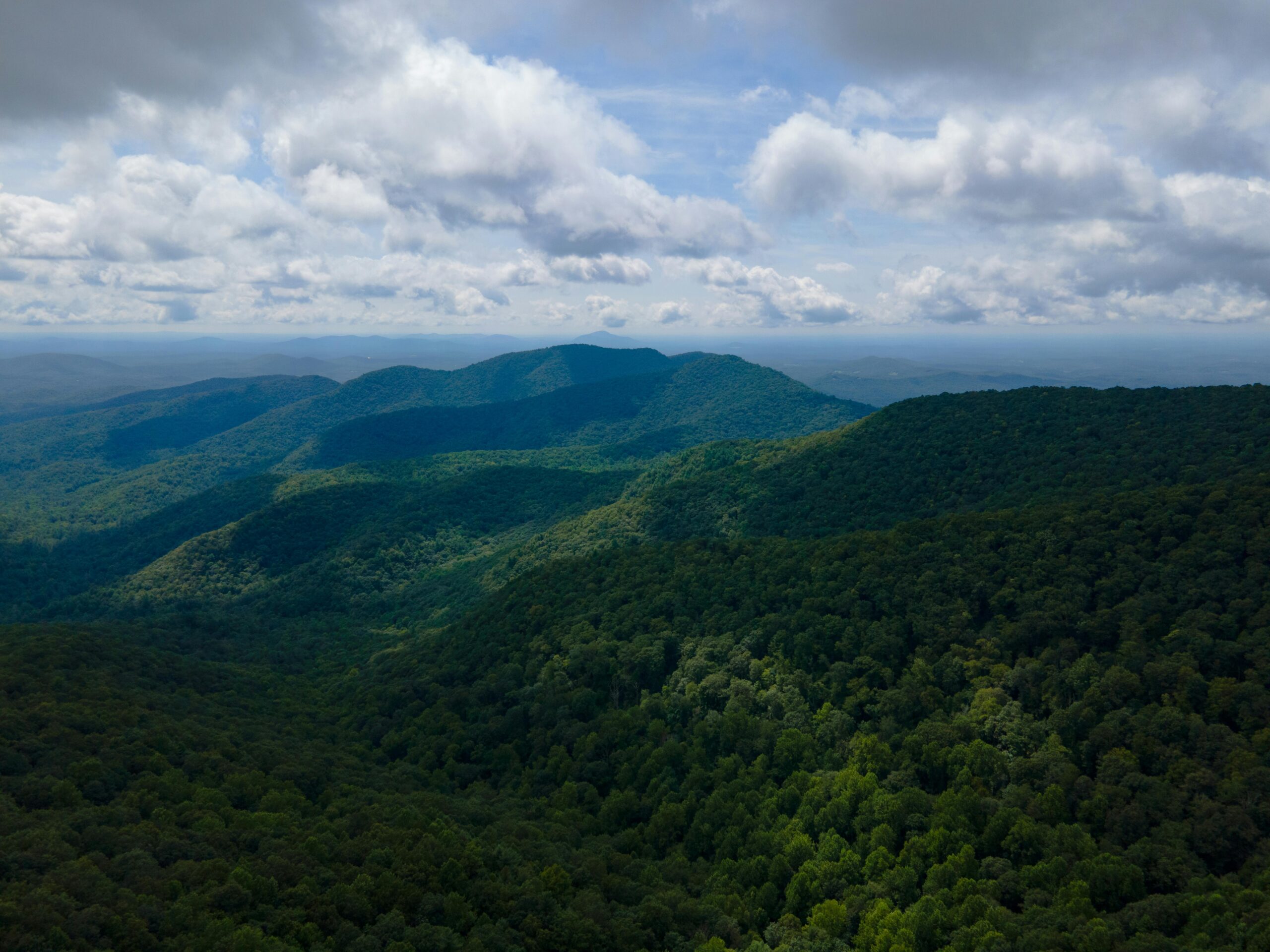Western North Carolina has a rich history, largely based in nature, art and culture.
For the first few weeks after Hurricane Helene, the tech world was focused on the Town of Spruce Pine, population of around 2,200 people. Nestled in Mitchell County in the Blue Ridge Mountains, Spruce Pine produces 70-90% of the worlds’ high quality quartz. Quartz is a key part of the manufacturing process for semiconductor chips used in industrial and commercial technology, including laptops, smartphones, industrial robots, and 5G network infrastructure. The six quartz mines are owned by two foreign companies, Sibelco, based in Belgium and The Quartz Corp, based in Norway.
The mountains near Spruce Pine, North Carolina are among the richest in minerals and gems in the United States. More than 300 varieties are showcased in the Museum of North Carolina Minerals, located on the Blue Ridge Parkway. The Museum of North Carolina Minerals features interactive displays about the minerals and gems found in the region as well as the historical importance of the mining industry to the local economy. Over fifty varieties of gems and other rare minerals have been found and mined in the region including aquamarine, emerald, feldspar, garnet, kaolin, mica, quartz, and sapphire.
Annexed from the counties of Burke, Caldwell, McDowell, Yancey and Watauga, Mitchell County received its name in honor of Elisha Mitchell (1818-1857). Mitchell, a professor at the University of North Carolina, passed away during his climb of North Carolina’s highest mountain, Black Dome. After the professor’s death, Black Dome was renamed Mount Mitchell in honor of Elisha Mitchell.
Located in Yancey County 30 miles northeast of Asheville, Mount Mitchell’s summit is the highest point east of the Mississippi River at 6,684 feet and was inspiration for one of the nation’s first state parks. From its easily accessible observation deck, the spruce-fir forest of Mount Mitchell State Park leads the eye to unmatched views. Roan Mountain State Park is home to the world’s largest rhododendron garden.
Mount Mitchell State Park is located within the Appalachian temperate rainforest and is among the most biodiverse temperate regions in the world. It has over 100 different tree species, the highest number of any temperate region. The varied weather patterns at different elevations create microclimates for these plants with different growing requirements to thrive within the same geographic region. The Appalachian Temperate Rainforest is part of the Old Growth Forests, which refers to growth primarily untouched by humans. Old Growth Forests make up only 36% of forests in the entire world.
Bare Dark Sky Observatory at the Mayland Earth to Sky Park: The Earth to Sky Park (ESP) was founded in 2016 in the space formerly known as the Energy Exchange, located the former Yancey-Mitchell landfill site. The ESP is an International Dark-Sky Association (IDA) certified park and was the 22nd location in the world to receive this designation in 2015 (when it was called the Blue Ridge Star Park). The Park is home to the Bare Dark Sky Observatory (BDSO), the Glenn & Carol Arthur Planetarium, a Visitor’s Center, the Carolyn Munro Wilson Picnic Shelter, numerous gardens, the Paul & Susie O’Connell Conference Center, an Aquaponics Lab, and soon to be Children’s Discovery Centers. The BDSO opened in 2017 and houses the largest public telescope in NC. Community Viewing Nights are available year-round and guests are led on a tour of the night sky under truly dark skies.
The Toe River Arts Council connects the arts and the community. The Council is dedicated to enhancing the lives of the people who live in this region through arts-related experiences and education. In 2012, the arts council, along with the North Carolina Arts Council began work on a Public Art Vision Plan with the town of Burnsville, NC. The town was chosen as one of the North Carolina Arts Council’s pilot communities for its SmART Communities project.
The Burnsville Gateway is a project of Toe River Arts, the Town of Burnsville and public artist Jack Mackie to create iconic gateways that reflect Burnsville’s history and craft traditions and celebrates Yancey County’s designation as one of the world’s International Dark Sky communities.
The Burnsville Gateway project is part of the North Carolina Arts Council’s SmART Communities Program which invests in arts-driven economic development and creative placemaking projects that celebrate the unique character of North Carolina communities. There are seven SmART Communities across the state and each represent partnerships of arts, government, business, economic development and nonprofit leaders that co-design transformative arts projects to support growth and civic engagement.
With its proximity to Penland School of Craft, the Toe River region has one of the highest concentration of craft artists in the country.
Burnsville Quilt Block Trails: Quilt blocks are large wooden squares designed, built and painted by volunteers. They are patterned after the colorful squares which adorn traditional mountain quilts. Each block’s design is inspired by its location. The WNC Quilt Trail is the largest concentration of quilt blocks anywhere in the United States.
Burnsville and Yancey County are home to nine quilt block trails in the North Carolina mountains. Burnsville’s nine trails showcase approximately 150 blocks, one of the largest concentrations anywhere in the United States.
Related Posts
Hurricane Helene, the Environmental Effects Hurricane Helene hit Western North Carolina Friday, September 27, 2024, after the region was already saturated with …
Things to know about Mitchell & Yancey Counties Western North Carolina has a rich history, largely based in nature, art and culture. …

